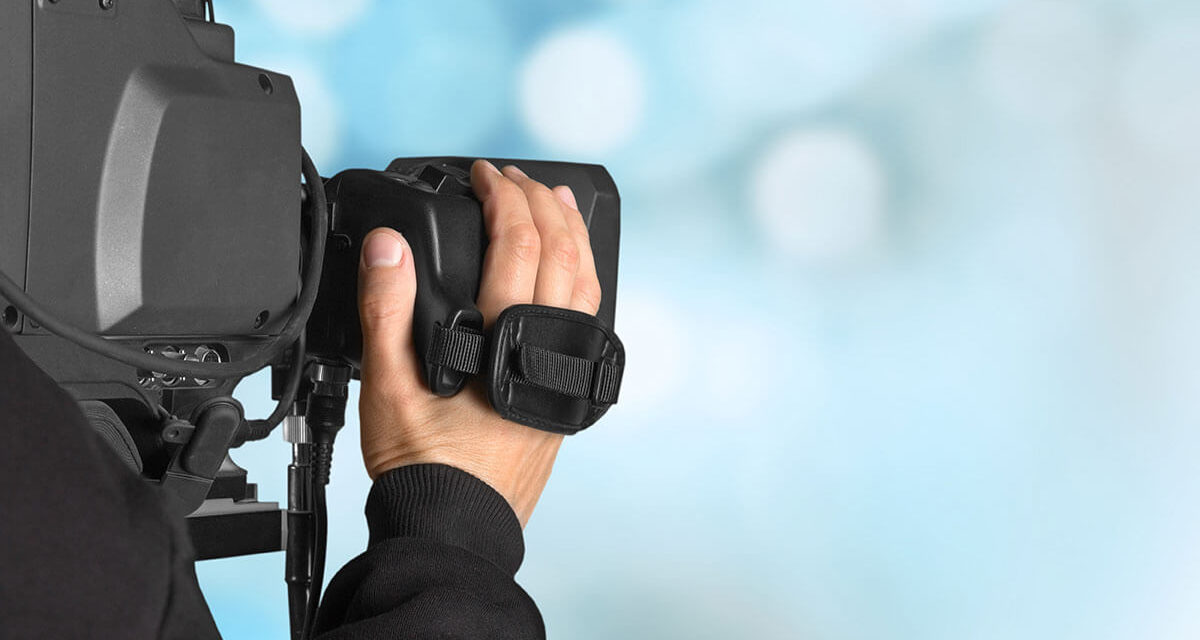Attorneys have choices when it comes to the use of video in their depositions. For discussion purposes, let’s break down and examine those choices and how an attorney may come to a decision. We are going to look at using video in a deposition as a tool much like examinations of witnesses as important tools for discovery.
Discovery is the process of assembling the testimony and documentary evidence before a trial. Like any other tool, an attorney can make a determination of which tool or tools they may use in this process. As in most cases, the tools selected, or not selected, may have a positive or negative impact on the final results. If you are trying to pound a nail into a 2×4 and you select a screwdriver for the task, you have made a poor choice of tools for that particular task, as an example.
There are three different choices an attorney may select as it relates to using video:
- Don’t utilize video at all.
- Utilize video but on a DIY (Do It Yourself) basis.
- Utilize an outside video services provider.
Let’s examine the different aspects of each choice:
- Not utilizing video during depositions is a choice that attorneys make, and it’s their choice to make. If not using video makes sense for the client or the case, it’s probably a very good choice. One of the questions might be, though, what criteria are being used to determine whether or not video makes sense? There is an assumption that attorneys are fully aware of all the benefits that video may provide and their choice not to use video are based on informed decisions, taking the value and benefit into consideration. Oftentimes, attorneys are basing a choice on cost factors alone without considering how the value and benefit may impact the results. It’s important to be educated on the benefits and value before making a decision if the cost is the major factor.
- Attorneys can purchase their own video equipment and use that video equipment when they deem appropriate in their deposition work. This is the DIY approach. It certainly saves from a costing standpoint and provides that emotional impact that you can only get from a video record. This choice seems like it provides the best of both worlds, saving the client dollars while creating the video support to the written words in the transcript. One thing to consider, though, is if the camera fails at any point and it’s not noticed, your video record is lost. It is difficult to stay focused on the video equipment and the deponent at the same time.
- When using an outside video services provider, there is certainly an additional expense to this choice. If you look at this tool from an expense standpoint only, it may not make sense or be the best choice; however, if you look at the impact in terms of value and benefit, it may make much more sense from an attorney’s point of view because of the emotional impact associated with visual tools that the written word cannot reach. The written word cannot show emotion, attitude or body language, hesitations and the like, which possibly could be helpful in the future. This tool choice really comes back to the determination of value and benefit provided to the attorney, the client, and how that additional value and benefit will impact the case at trial, or possible settlement. It is an additional expense, but the major consideration is it worth it from a value and impact proposition?
These are choices for the attorney as they determine which tools they may want to use.
Would you choose video as an additional tool for your deposition?
In another article, we discuss Video Depositions: Capturing the Moment at the Moment.

